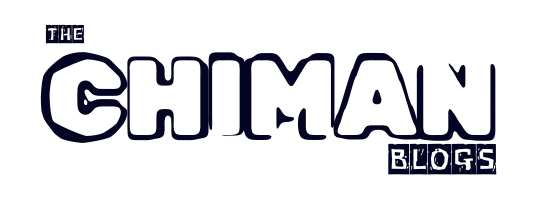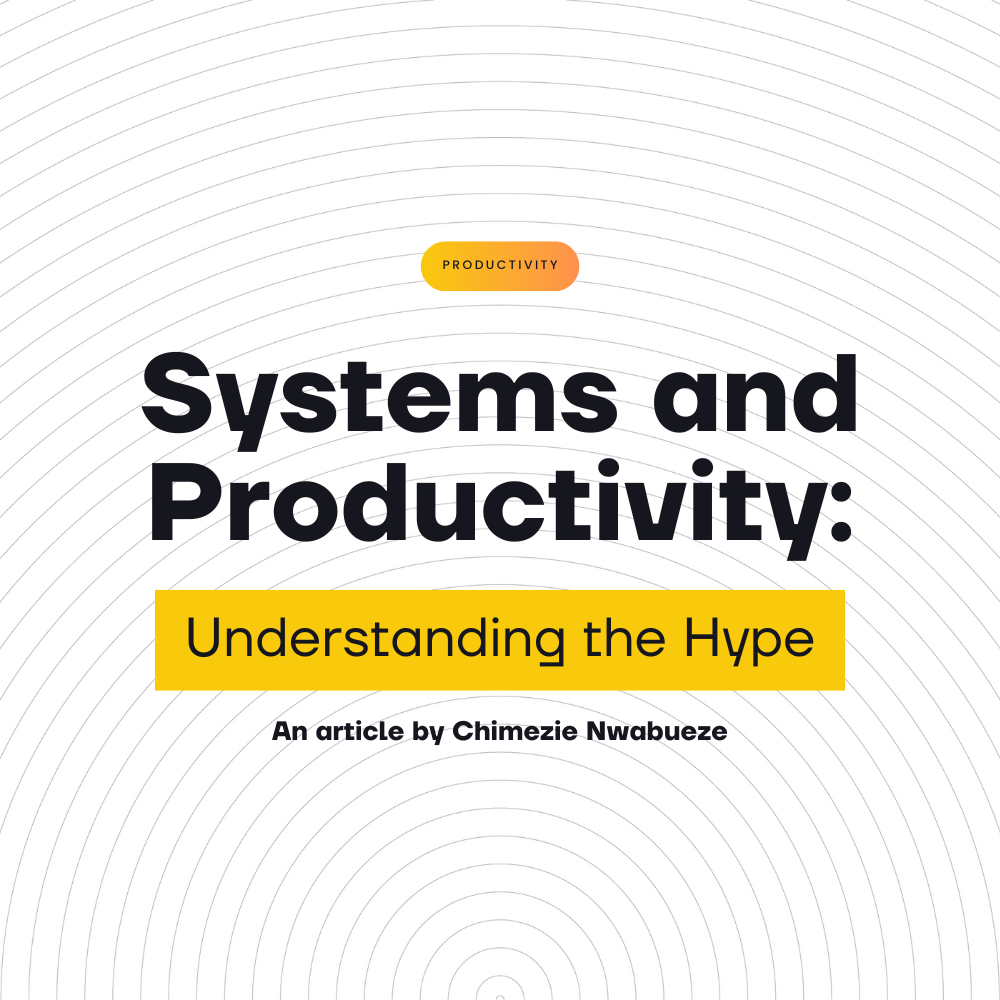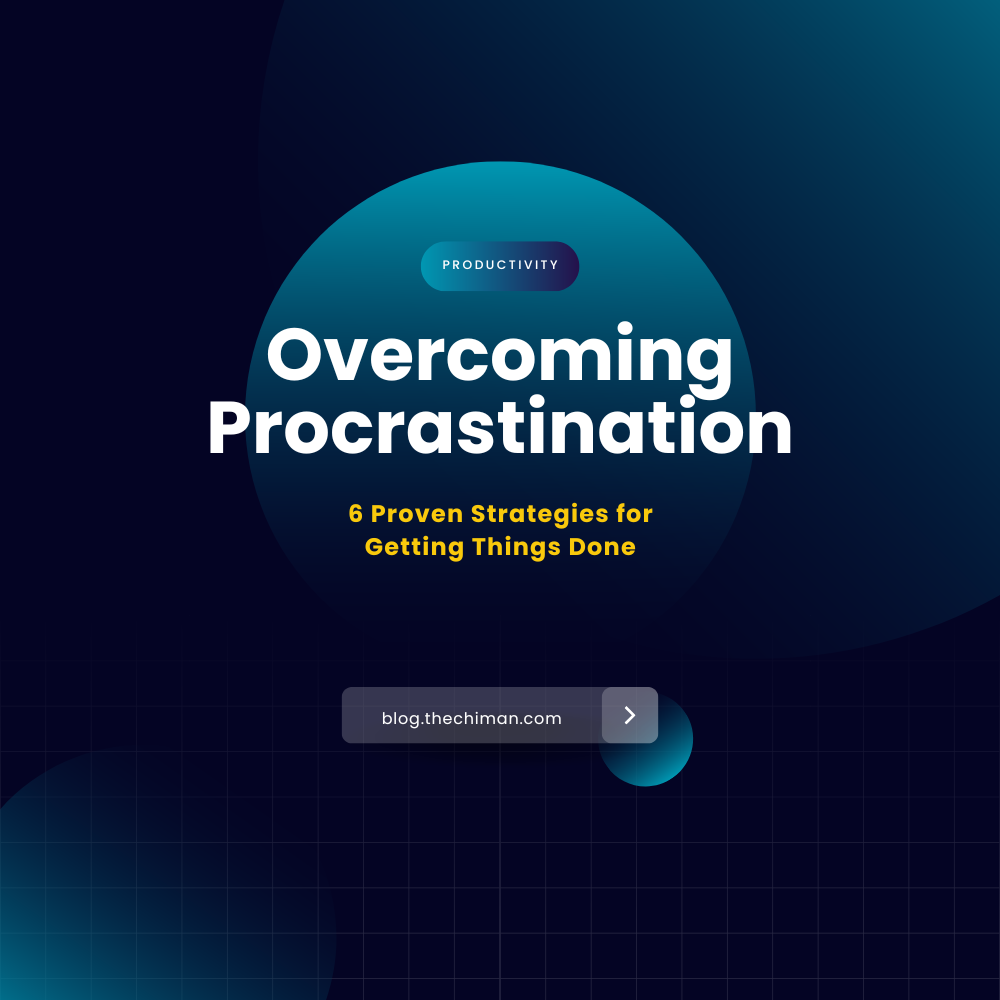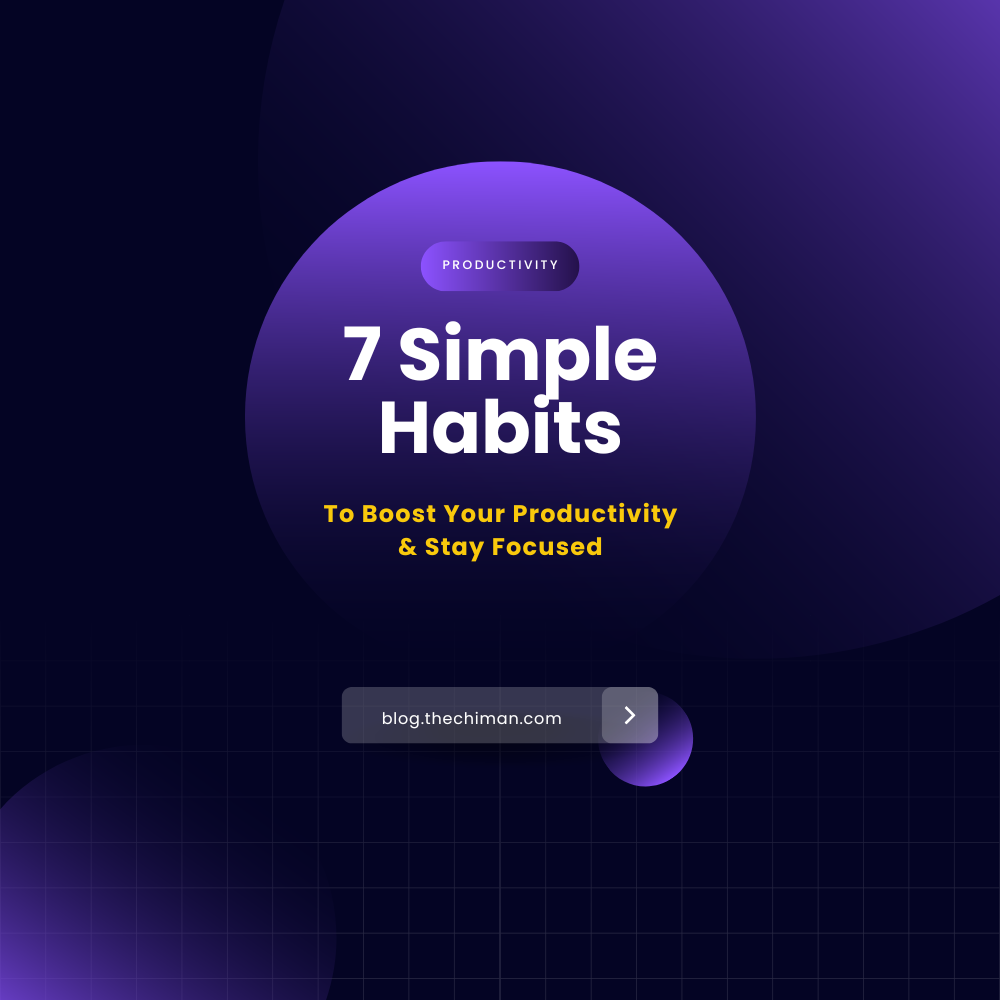If you’ve been around any productivity circle long enough, you’ve probably heard this advice tossed around like gospel: “Don’t focus on goals. Focus on systems.”
But what exactly does that mean? Is it just another buzzword, or is there something truly game-changing behind the idea of systems? Let’s break it all down—from the soil to the sky, from nature to your desk—to understand why systems are not just hype, but the heartbeat of sustainable productivity.
What is a system, really?
What comes to your mind when you think about a system?
In the simplest of terms, a system is a setup. In fact, the root word from which the English word system was formed literally translates to “with setup.” In other words, a system can be seen as a setup that helps you accomplish something. But this simplistic definition does not entirely give us the picture of what systems do. So let us peel the layers a little more.
I will start with my definition of a system and from there, highlight key components that I believe, from research and observation, make a system. Here is how I will define a system:
A system is a preset collaboration of rules, structures, and relationships that ensures that any entity introduced into an environment is inclined to conform to or follow a set pathway to reach an intended end.
From this definition, we can derive that for something to be a system:
- It must have many parts
- Those parts must be working in synergy (there must be a relationship between those parts)
- There must be rules that guide the interconnectedness of the parts
- Everything in the system must be set up to direct whatever is introduced to the system to an intended end
In simpler terms, a system is simply a set of things working together as parts of a whole, connected by a common purpose. That’s it.
You see systems all around you. Your body is a system—digestive, nervous, circulatory—all working together so you can breathe, eat, think, and move. A tree is a system, pulling water from the soil, absorbing sunlight, exchanging gases, and producing oxygen. Even a beehive is a system—every bee has a role, and together, they create something far more efficient than any individual could.
A system is not about one superstar part doing all the work. It’s about interdependent pieces—each with a clear function—executing consistently.
Take digestion for example: you put food in your mouth, chew, and swallow. Nature has preset peristalsis in your oesophagus such that the food naturally gets drawn into your stomach, and the acids and enzymes in your stomach do their parts while the food is broken down in its diverse forms to provide nutrients to your body. And the excretory system steps in to ensure that the waste produced is adequately processed and disposed of. All these happen without a conscious, willpower-driven effort by you. The system is already in place, and it fulfils the 4 requirements of a system I mentioned earlier. There are natural rules and structures in your digestive system, ensuring the process is happening, and they all are working together in an interconnected synergy to fulfill their purpose.
Systems and Behavior

One of the most important functions of a system is that it should affect the behavior of any entity introduced into it. The rules, structures, and relationships that run a system should be able to confer conformity upon the entities that are introduced into the system. In essence, a system affects the behavior of whatever is introduced into it to conform to the objective of the system. This is why systems are so important in productivity. Without systems, your goals and objectives will likely be subject to your emotions, impulses, and willpower – and these are fickle allies in the journey of productivity. You will only work out when you feel like it. You will only take that course when it is convenient. You will only write that book when you feel inspired. You get the point.
Must a system be complex?
One misconception most people hold when thinking about systems is the assumption that it has to be a complex or technical setup for it to be termed a system. But there are simple systems at play in our everyday lives. Some of the systems at play in our own lives are even subconscious, yet they effectively drive our many actions and inactions.
While the common examples of systems we see in nature and technical spheres are adequate, systems are also at work in simpler dimensions. For example, when it comes to accomplishing goals, you can have accountability systems that could simply include an accountability partner, a consequence system, and an agreement on how the accountability and consequence must be implemented. You can also have a habit system, which can simply include optimizations of the four elements of habit to your favor (Read Atomic Habits by James Clear for more on this).
Systems vs Goals: A Quick Detour
Since we are exploring systems in the context of productivity, let me take a necessary detour to help set us firmly on that path. In many sessions and interactions with clients on productivity and vision creation, I often hear variations of the same question: “Is my goal not a system?”
The answer is NO. Your goal is the intended end that you set a system to naturally funnel you towards. Most of what is taught about productivity, in fact, is all attempts to help people find systems to keep them on track with their goals, be it daily, weekly, monthly, quarterly, or annually. Many of the productivity tips you already know are an attempt at creating systems to ensure you don’t lose traction.
Let’s pause to compare the two.
- Goals are the destination: “I want to write a book,” “I want to lose 10kg,” “I want to save $5,000.”
- Systems are the vehicle: “I write 500 words every morning,” “I meal prep every Sunday,” “I set aside 10% of every payment I receive.”
Here’s the trap: Goals can motivate you, but systems sustain you. The problem with goal-only thinking is that you either hit the goal and stop or you miss it and feel defeated. Systems, on the other hand, build habits that continue long after the initial motivation fades.
A Lesson from Nature On Systems
I love documentaries on nature a lot. We can learn a lot about patterns from nature. Let’s consider a few examples from nature:
- Seasons follow a system. Spring gives way to summer, which gives way to fall, which gives way to winter. There’s a rhythm. A flow. And it happens whether or not we feel ready.
- The water cycle? System.
- Photosynthesis? System.
- Migration of birds? System.
Nature isn’t guessing every day. It thrives on repetition, feedback loops, and built-in structure. And this is the lesson for us regarding systems in productivity:
Systems, boring as they may feel sometimes, create a predictable replicability and structure that helps us get more done in spite of our prevalent emotions or fluctuations in willpower.
So… how does it all tie into productivity?
Here’s where it clicks.
Being productive isn’t about doing more things. It’s about doing the right things consistently, with the least amount of friction. It is about getting more meaningful work done, more consistently, and more efficiently.
That’s what systems help with.
When you have a system in place:
- You spend less energy deciding what to do.
- You reduce reliance on motivation or willpower.
- You create predictability and reduce chaos.
Productivity is mostly about useful output over time, and systems are what protect that time and organize that output.
Let’s take a few practical examples.
Real-Life Systems That Boost Productivity
- Morning Routine System
Let’s say you want to have more focused days. Instead of just saying, “I want to be more focused,” build a system. For example:
- Sleep by 10 PM.
- Wake at 6 AM.
- 15 mins stretch → 10 mins journaling → 20 mins reading → To-do list.
- No phone until 9 AM.
This sequence, repeated daily, puts your brain in “focus mode” automatically. That’s a system.
- Task Management System
Always forgetting what needs to be done?
Use a simple system:
- Capture: Everything that comes to your mind goes into one app (e.g., Notion or Todoist) or a simple Notepad.
- Process: At the end of the day, categorize the tasks.
- Prioritize: Each morning, pick your top 3 tasks and tackle them first.
Instead of remembering everything or relying on sticky notes, you let the system hold the mental load.
- Learning System
Want to read more?
Set a system:
- Always carry a book or app (like Kindle).
- Read for 20 minutes every morning after workout or after lunch daily.
- Highlight and summarize weekly.
- Join a book club for accountability.
Suddenly, reading isn’t an occasional wish. It’s a structured habit.
- Content Creation System
Say you’re a content creator aiming to post consistently (shots fired at myself).
System example:
- Monday: Brainstorm 5 ideas.
- Tuesday: Write first drafts.
- Wednesday: Edit and design.
- Thursday: Schedule.
- Friday: Analyze performance.
You’ll never again say, “I don’t know what to post.” Your system feeds your creativity instead of stifling it.
The Secret Sauce: Systems Reduce Friction
Every time you skip a workout, procrastinate on a task, or forget something important, it’s rarely a lack of desire. It’s usually friction. Friction here could be:
- The size of the task (perhaps you are setting the execution bar too high for your willpower to surmount),
- The complexity (perhaps you have not clarified how best to get to the goal),
- Load (you may be trying to accomplish too many things at the same time),
- Priority (perhaps you have not identified that goal or task as meaningful to you).
Systems are like putting oil in your machine. They lower resistance.
It’s the difference between brushing your teeth because you’re scared of cavities, and brushing your teeth because it’s just part of your morning rhythm. You don’t negotiate with it. It just flows.
Systems, over the long term, eventually create an easier flow of work by reducing the friction of willpower-driven decision-making, which in turn creates greater efficiency and improved productivity.
A Simple Framework To Start Building Systems
Here’s how you can create your own systems:
- Start Small. Don’t try to systematize your whole life at once. Too many goals create friction. Pick one area.
- Define the Goal. What outcome do you want? (e.g., better sleep, more writing, clearer skin).
- Reverse Engineer It. What actions, if done regularly, would lead to that result?
- Sequence It. Arrange the actions in a logical, repeatable order.
- Simplify the Start. Make the first step easy and obvious.
- Track It. Use a habit tracker or calendar. Visual cues reinforce systems.
- Tweak and Improve. Systems should evolve. Review monthly. Adjust for life changes.
One Final Word: The Power of the Invisible
A man walks into a bamboo grove and sees tall, majestic shoots rising into the sky.
“What amazing growth!” he says.
But a farmer replies, “What you see now took years underground. Bamboo spends years growing roots before ever breaking the surface. Once it’s ready, it shoots up fast—but only because the system beneath is strong.”
That’s productivity.
It’s not always visible at first. It may feel slow. But systems work underground, behind the scenes. And when the fruit finally comes, it comes big.
Conclusion: From Chaos to Flow
In a world of information overload, burnout, and constantly changing targets, systems are the quiet architects of real progress. They take your intentions and translate them into consistent actions. They remove guesswork and create flow.
You don’t need to be superhuman to be productive. You just need better systems.
So the next time someone tells you to “trust the system,” don’t roll your eyes. Build one. And let it work for you—even when you don’t feel like working for yourself. Let your productivity be like a river—steady, flowing, and unstoppable—not a flood that comes once in a while, crashes through, and disappears.
Flow over force. Systems over struggle. That’s the real hype.
The Manifest Tribe: Gamify Productivity & Leverage Community System
If you wish to supercharge your productivity, leverage accountability and resources, build greater consistency, and stay on course with your most important goals this year, consider joining us at THE MANIFEST TRIBE: https://bit.ly/manifesttribe
Next cohort opens in June, but registrations are ongoing, and you can access the resource library and fun productivity challenges right away. Together, we can make the achievement of your goals more fun.







